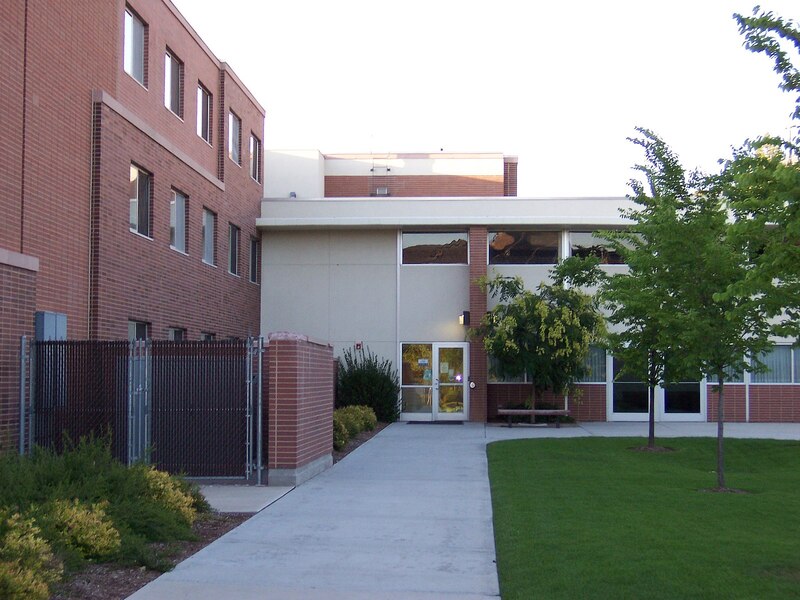May Hall (HLI)

One of only two current buildings on BYU campus bearing women’s names, May Hall was named after Jean Elizabeth Fossum May, a Latter-day Saint missionary and later beloved head resident of BYU’s Stover Hall. As a residence hall, May became a house of learning, play, and sisterhood.
Jean Elizabeth Fossum was born on January 30, 1906 “with sawdust in [her] veins,” as she described, in the sawmill town of Baker, Oregon. Jean’s parents were Scandinavian, having immigrated to America after joining The Church of Jesus Christ of Latter-day Saints. In 1926, Jean embarked on an ecclesiastical mission to California, where she preached to the interested, labored in the mission office, and even became president over the mission’s Primaries and Young Ladies Mutual Improvement Association (auxiliary Church units for children and young women respectively). “I am thrilled to my toes,” Jean wrote in a letter, “but… the position looks so big, and I feel so little.” Still, she dedicated herself to the responsibility for the remainder of her mission.
Jean finished her mission in 1928, and in 1930 she married Andrew May. However, Andrew died in 1933, leaving Jean alone with their two sons. Jean rose to meet the tragedy and challenge, and she worked to support and raise her family.
In 1959, after her sons were grown, Jean began working as head resident of Stover Hall (a Helaman residence building). Jean was fond of the young men there. She encouraged each to be a “true son of Helaman,” and they called her “Ma,” reenacting the Book of Mormon story in which a troop of young men called their beloved leader, Helaman, “Father.”
With fond memories of her mission, Jean urged her “Stover boys” to also serve missions. Across her ten years as head resident, approximately 2,000 Stover residents became missionaries.
When Jean died in May 1969, her students mourned. BYU president Ernest Wilkinson remembered “an irresistible plea was made for a building to be named in her honor.” Later that year BYU named its newest Helaman Halls building May Hall, after Jean Fossum May.
With 43 residents to each wing, May Hall’s early rooms were a tight fit for two roommates. Beds were pull-outs, and when both were out there was so little space roommates could only pass each other by turning sideways. Rooms had one window, one door, two closets, and two desks. Restrooms were communal to each wing and became “social gathering space[s].”
May Hall gave rise to close friendships. Residents in a wing could end up doing nearly everything together: eating at the Cannon Center, studying at the library, listening to music, celebrating engagements, gathering for hall parties, and praying every evening. Residents had playful indoor water fights, followed by laborious efforts to dry the carpet with hair dryers. There were nicknames and banana bread; tender hugs and tearful goodbyes. One 1977 resident reminisced, “For the first time in my life I had sisters. We loved and lifted each other.”
Between 1993 and 2005, BYU renovated all Helaman Halls buildings, including May Hall. Brought up to modern standards, May Hall still stands and still hosts women BYU students who carry on Jean May’s legacy of education, independence, and conviction.
Images









